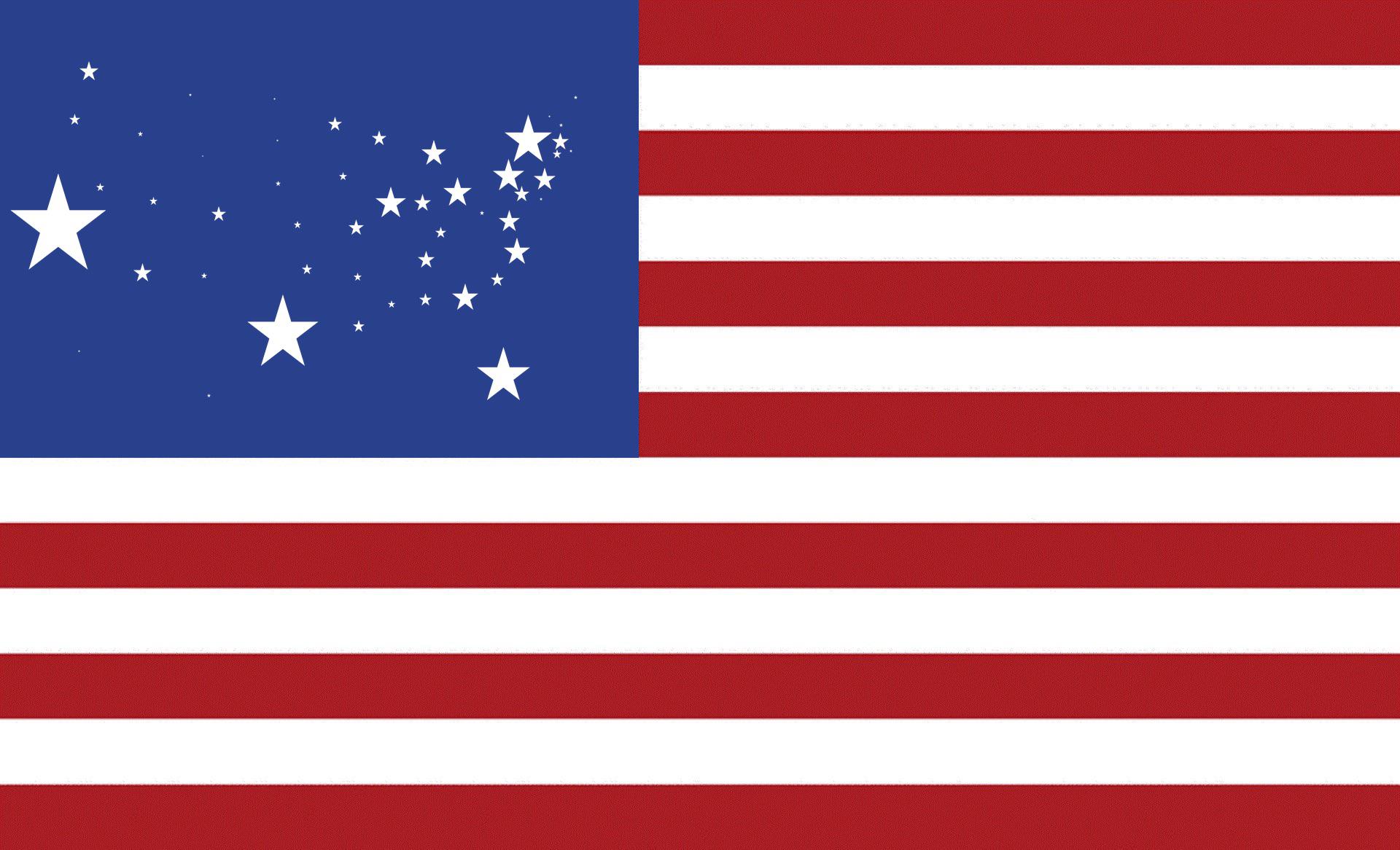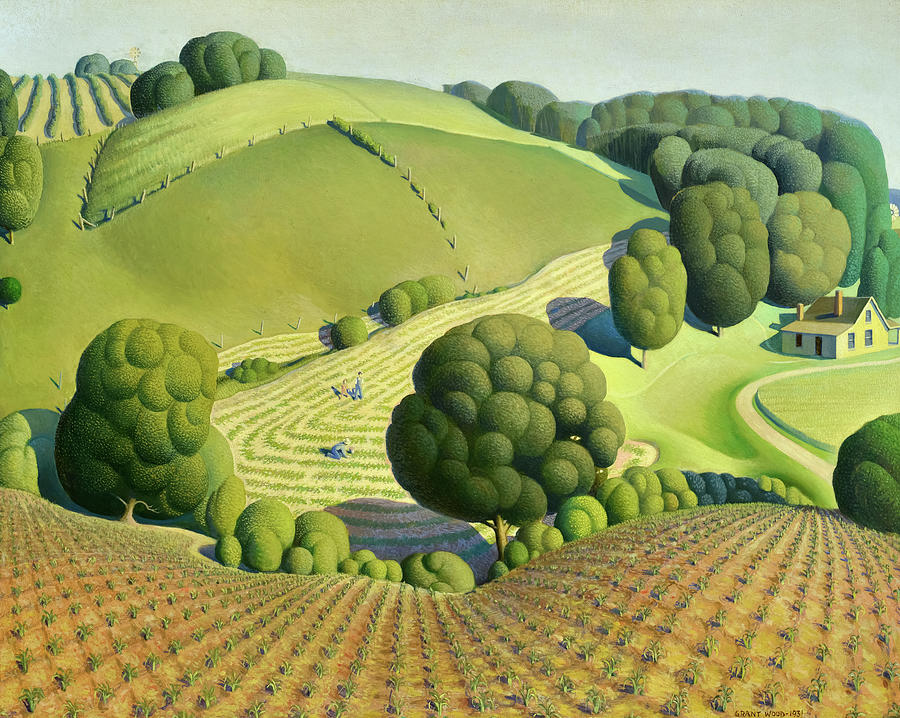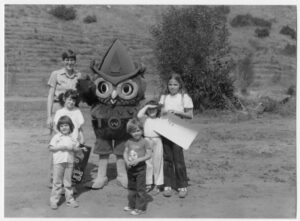TOGGLE COLUMNS (on/off):ADJUST COLUMN POSITIONS: select the column header cell and drag it where you want. show me!COPY INDIVIDUAL COLUMN(S): use CopyTables, a browser extension.
| Contribute a translation | Source (English) |
|---|---|
We are assembled today under God’s heaven to express the gratitude that is in our hearts for the trees of forest and orchard, for all growth of the soil, and for all the living creatures that, like us, can find shelter and sustenance in the products of wood and field. We acknowledge our dependence on them and our responsibility to their Creator. May we ever use the gifts they offer us for the good of all humanity. May we never waste this store of blessing. May we never rob the generations to come of their heritage. Let us instead, by our planting, replenish the wealth of vegetation which we consume for our needs. | |
We thank you, O God, not only for the uses of trees, but also for their beauty. That beauty helps sustain the spirit of humanity, calming us in our anxieties, cheering us in our disappointments, and comforting us in our sorrows. It is a token of divine love, an assurance of the goodness of life, of humanity’s at-homeness in the universe, as in the house of a loving Parent. | |
We acknowledge on this day our kinship with the trees of the forest. Like them we are born, we grow, we die. Like them, our lives are rooted in the soil of our country. As they grow by the light of day, so does our civilization thrive by the spiritual light of truth. And even as the trees perish, but the forest survives, so do we perish but the nation endures. And even as the dead leaves and the roots of dead trees fertilize the soil, and give nourishment to fresh growth, so do the deeds of departed generations nourish the growth of the generations yet unborn. | |
We therefore invoke your blessing, O God, upon all growing things, upon America and the civilization that is the growth of its soil. Cause the cleansing water of your grace to rain upon it and the radiant sunshine of your love to shine upon it that our nation may live forever and give to all who partake in its life a share in its immortality. Amen. |
This opening prayer for Arbor Day, “The Significance of the Day,” was first published in The Faith of America: Readings, Songs, and Prayers for the Celebration of American Holidays (Jewish Reconstructionist Foundation 1951), p. 71-72 — as preface to a number of readings selected by Mordecai Kaplan, Eugene Kohn, and J. Paul Williams for the day. It is unclear from this publication whether the prayer was written by Mordecai Kaplan, J. Paul Williams, or Eugene Kohn separately or together in collaboration. I have replaced archaisms in this prayer (thee, thy, thou, etc.) as well as adapted it with gender-neutral instead of male-by-default language. –Aharon Varady
Source(s)


“Opening Prayer on the Significance of Arbor Day, by Rabbi Mordecai Kaplan, J. Paul Williams, and Eugene Kohn (1951)” is shared through the Open Siddur Project with a Creative Commons Attribution-ShareAlike 4.0 International copyleft license.










Comments, Corrections, and Queries